Mozambique: Zinave National Park receives 10 black rhinos
Mozambique: Buffalo numbers in Gorongosa increase from 50 to 1,500 in less than 20 years

FILE - For illustration purposes only- [File photo: Gorongosa National Park]
- This month, Gorongosa National Park will begin an aerial wildlife count to survey the number and distribution of the different species present across 220,000 hectares of the protected area.
The buffalo population in Gorongosa National Park has increased from 50 to 1,500 in less than 20 years, according to data from the conservation area in central Mozambique. The number is still far from the estimated 14,000 buffalo in 1972.
Gorongosa was Portugal’s first national park, set up in 1960 during colonial times, but was ravaged between 1977 and 1992 by the civil war that followed Mozambique’s independence.
“In 1972, the buffalo population was estimated at 14,000, but by 2006 there were only 50. Between 2006 and 2009, 200 buffalo were reintroduced, and in the aerial wildlife count two years ago, there were around 1,500 buffalo,” said a source from Gorongosa National Park this Friday (11-10).
The data comes at a time when the park is preparing a new aerial count, which it carries out every two years, to quantify the species present.
“A new aerial survey will be carried out at the end of this month and we are eagerly awaiting the new figures,” said the same source.
Gorongosa National Park will begin an aerial survey this month to track the number and distribution of different species in the 220,000-hectare protected area.
“We have been carrying out this survey every two years since 2014. This will be the sixth, using the same methodology (…) The aim is to track the numbers and distribution of the different species,” the director of science at Gorongosa National Park, Marc Stalmans, explained to Lusa in August.
“It took us approximately two weeks to cover about 220,000 hectares of the park,” he added, preferring not to give specific expectations for this survey “so as not to bias” the observations.
The last aerial wildlife count in that area was carried out in 2022 and documented the presence of more than 100,000 animals over the 60% of Gorongosa National Park surveyed, including about 1,500 blue wildebeest and 900 hippos.
That survey detected the presence of 2,875 crocodiles, 620 elephants, 9,907 impalas, 5,685 warthogs and 41 zebras, among other species.
“The lower elephant count in 2022 should not be alarming,” the 2022 report reads, acknowledging that no carcasses were observed in the aerial count or by ground patrols “as a result of illegal hunting.”
“By all indications, the elephant population in Gorongosa is healthy and growing,” it said.
In 2008, the foundation set up by American philanthropist Gregory Carr signed a 20-year management agreement with the Mozambican government – extended in 2018 for 25 years – that has led to the park’s renewal on several fronts, including social projects allied to conservation and the number of animals growing from 10,000 to over 102,000.
Since Greg Carr “rediscovered” Gorongosa more than 20 years ago, Mozambique’s most important park has never been the same again, and has been rehabilitated with more fauna and flora, focused on the community, leaving the American millionaire and philanthropist thrilled.
“In my opinion, it is the best park in the world. Why? We have biodiversity, beauty. Our project has two objectives: nature conservation and human development for the communities surrounding the park. We have projects in agriculture, health, education. I am proud,” said Carr, in an interview with Lusa in August, in Chitengo, in the heart of Gorongosa National Park.
Today, the park represents almost a world apart in Mozambique, with 1,700 workers, including seasonal workers, and a force of nature rangers that operates throughout the territory. The park already produces coffee and Gorongosa honey, with exports in mind, which represents an income for thousands of families.
“We are the largest employer in central Mozambique,” he assured.
“What is unusual is that the largest number of workers are from outside the park. Inside the park we have nature rangers, scientists, tourism support workers, but outside we have agricultural technicians, education and health promoters. And since we are building many things outside the park, such as schools, we have contractors. I think we spend two-thirds of our time and investment outside, in the Sustainable Development Zone,” Carr explained.


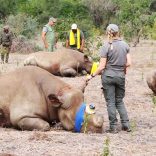
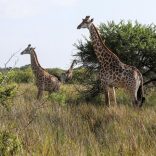
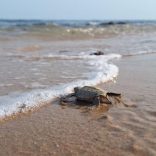

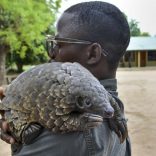
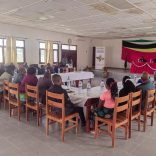


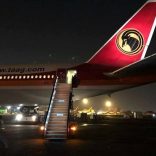

Leave a Reply
Be the First to Comment!
You must be logged in to post a comment.
You must be logged in to post a comment.